Resignation letter template bad terms
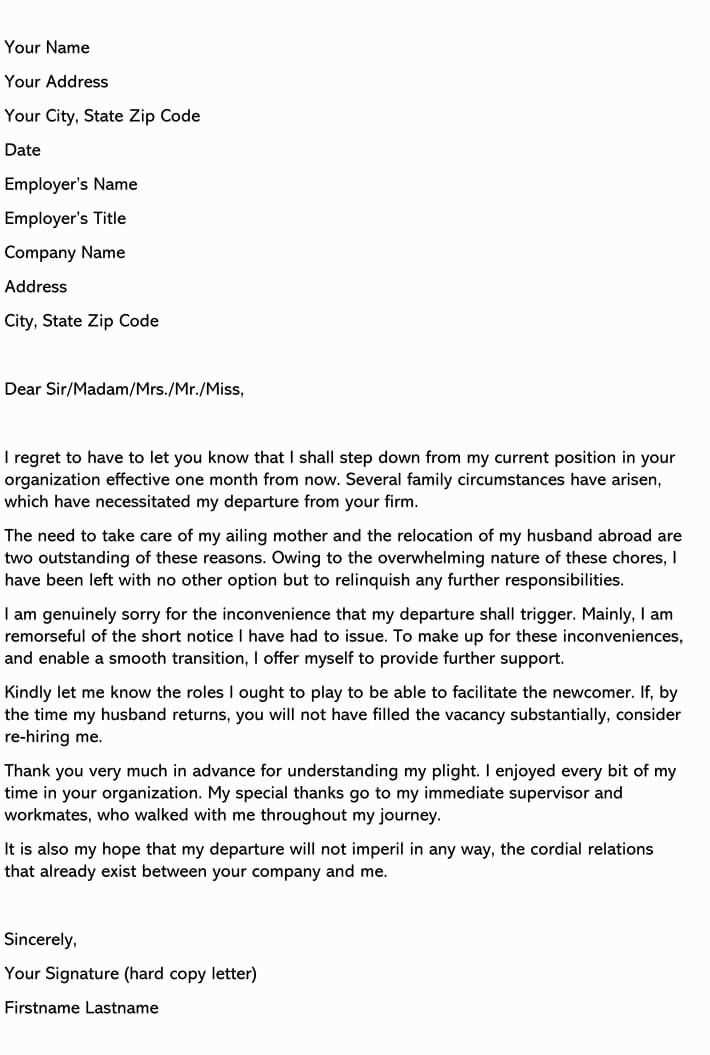
If you’re resigning due to unfavorable circumstances, it’s crucial to maintain professionalism while expressing your decision. A resignation letter under these conditions should focus on clarity and respect, despite any negative experiences. It’s possible to communicate your reasons without burning bridges or offering excessive details that might lead to conflict.
Keep your tone neutral and straightforward. Avoid placing blame or airing grievances. Instead, focus on the facts and express gratitude where possible. You don’t need to explain every negative interaction, but highlighting your reasons for leaving in a clear and concise way will help the reader understand your decision.
Be specific about your resignation date to avoid confusion. It’s important to give proper notice, even if the terms leading to your resignation were less than ideal. Include your last working day and offer assistance in the transition process, such as training a replacement, if you feel comfortable doing so.
Resignation Letter Template for Bad Terms
When resigning under difficult circumstances, it’s important to keep the tone neutral and professional. The goal is to leave on a respectful note, despite any negative experiences. Below is a simple, clear resignation letter template that maintains a courteous approach.
Subject: Resignation – [Your Full Name]
Dear [Supervisor’s Name],
I am writing to formally resign from my position as [Your Job Title] at [Company Name], effective [Last Working Day]. This decision was not made lightly, but after careful consideration, I feel it is in my best interest to move forward in my career.
While my time at [Company Name] has had its challenges, I appreciate the opportunity to contribute to the team. I will ensure a smooth transition and complete any pending tasks before my departure. Please let me know how I can assist during this time.
I wish you and the company continued success.
Best regards,
[Your Full Name]
[Your Contact Information]
How to Maintain Professionalism in a Negative Situation
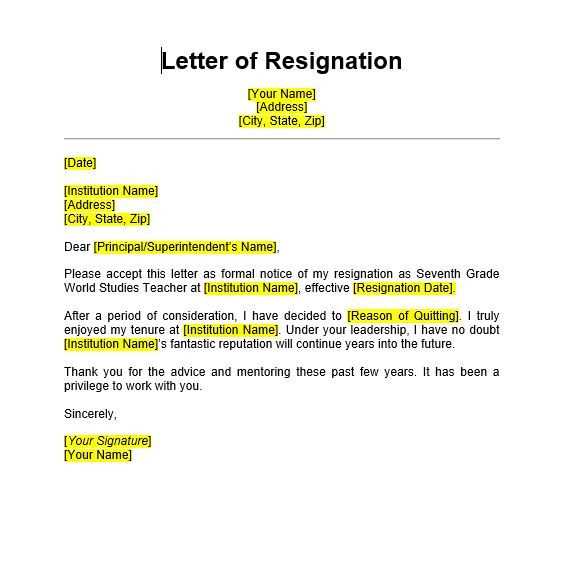
Maintain composure by focusing on the facts rather than emotions. This approach helps in delivering clear, respectful communication while avoiding misunderstandings. Stick to the core points and stay solution-oriented throughout the conversation.
Be Clear and Concise
- Avoid unnecessary details that could lead to confusion or misinterpretation.
- Communicate your reasons or concerns directly without sounding defensive.
- State your position calmly and confidently, ensuring the tone stays neutral.
Stay Respectful, Even If Upset
- Take a deep breath before responding to ensure your message is professional.
- Choose your words carefully to avoid sounding confrontational or disrespectful.
- Respect the other person’s perspective, even if you disagree with it.
By following these steps, you can maintain professionalism while dealing with difficult or negative situations, helping to preserve your reputation and leave the door open for future interactions.
Key Elements to Include in Your Resignation Letter
Begin your resignation letter by clearly stating your intention to resign. Be direct, concise, and polite. Mention your position and the company name for clarity. Include the date of your resignation and the final working day to avoid confusion.
Provide Reason for Resignation (Optional)
If you feel comfortable, briefly explain the reason for your resignation. Keep it professional and positive. Avoid personal details or negative comments about the company or colleagues.
Express Gratitude
Show appreciation for the opportunities you had while working with the company. Highlight any positive experiences or growth during your tenure. A sincere thank you leaves a positive impression, even if your time at the company wasn’t perfect.
Offer Assistance with Transition
Offer to help with the transition process. This could include training a replacement or assisting with the transfer of responsibilities. It shows professionalism and maintains good relations with your employer.
Formal Closing
Conclude with a polite closing statement. Use a respectful sign-off like “Sincerely” or “Best regards,” followed by your name and signature. Keep the tone professional and courteous.
| Key Element | Details |
|---|---|
| Resignation Statement | Clearly state that you are resigning, including the position and final working day. |
| Reason for Resignation (Optional) | A brief, professional explanation of why you’re leaving. |
| Gratitude | Thank the company for the experience and opportunities. |
| Transition Assistance | Offer help during the handover process if appropriate. |
| Formal Closing | End the letter with a polite closing and your name. |
Expressing Discontent Without Burning Bridges
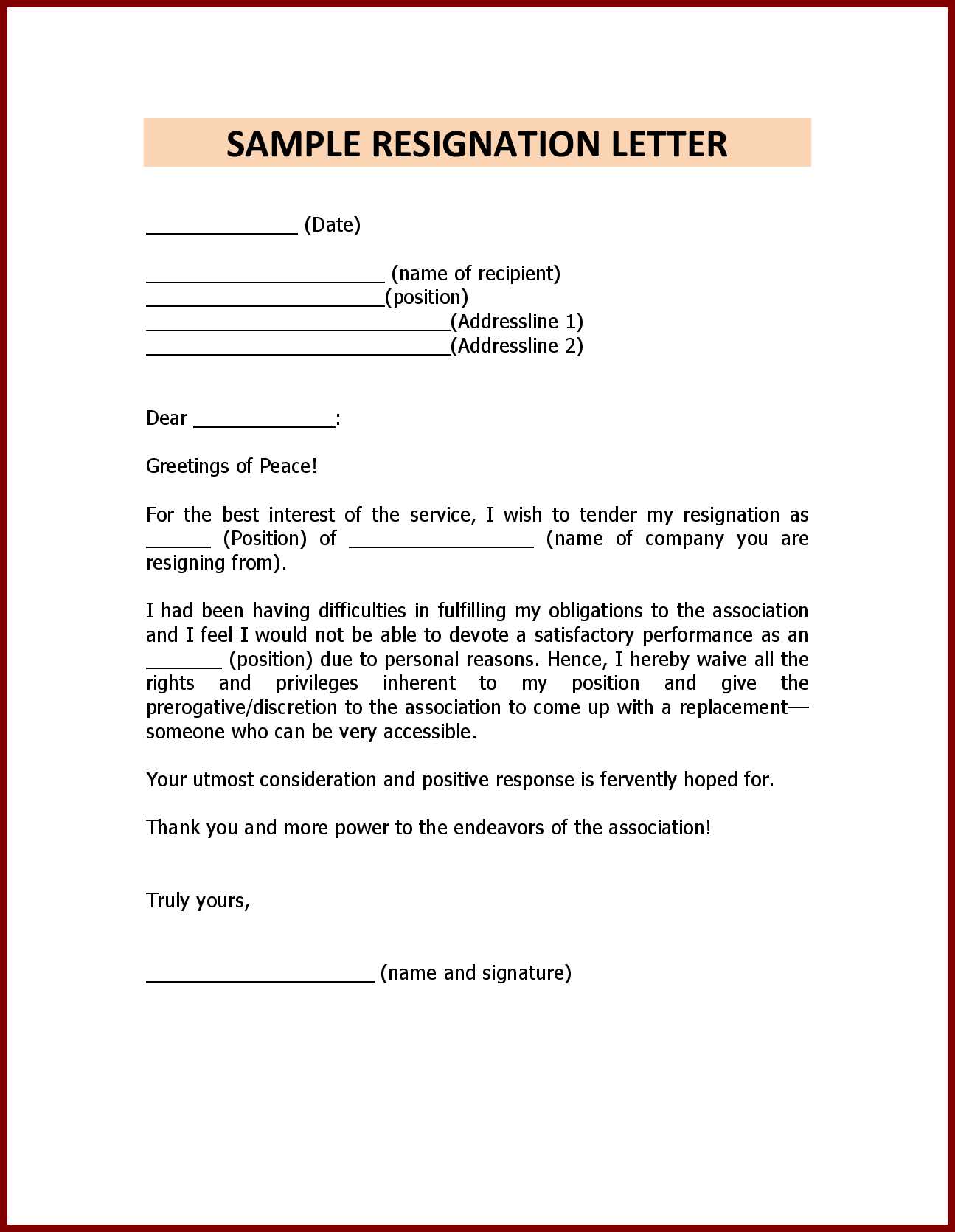
Address negative feelings directly but respectfully. Focus on specific issues rather than personal complaints. For example, instead of saying “I dislike working here,” try highlighting a particular challenge, like “The workload has felt overwhelming recently, and it’s affecting my performance.” This approach keeps the conversation constructive while still acknowledging your concerns.
Be honest, but stay professional. Avoid overly emotional language. If there are aspects of the work environment that led to your decision, mention them in a way that shows you’re offering feedback, not venting. For instance, “I’ve had difficulty with communication among teams, which has made it hard to meet deadlines” is direct but not offensive.
Offer solutions or suggestions. If you have ideas on how things could have been improved, share them briefly. For instance, “It might be helpful to have clearer communication channels for project updates,” shows you’ve thought about ways to resolve issues, rather than just pointing out problems.
Conclude on a positive note. Even if your time at the company wasn’t ideal, express gratitude for the opportunity. For example, “I’ve learned a lot during my time here and appreciate the chance to grow professionally.” This keeps the door open for future connections or opportunities, even if your departure is under difficult circumstances.
How to Address Disagreements or Issues in a Constructive Manner
Focus on finding solutions rather than blaming others. Start by actively listening to the other party’s point of view. Show empathy and acknowledge their perspective, which sets a tone of mutual respect. After understanding their position, express your thoughts clearly and calmly, without raising your voice or using aggressive language.
Key Steps for Constructive Discussion
- Stay Calm and Composed: Maintain a neutral tone and avoid reacting impulsively. Take a moment if needed to collect your thoughts.
- Be Specific: Address specific behaviors or actions, not personal attributes. This keeps the conversation focused on the issue rather than creating personal conflicts.
- Use “I” Statements: Share how you feel or how an issue impacts you personally. This reduces the likelihood of sounding accusatory.
- Avoid Generalizations: Statements like “you always” or “you never” can make the conversation more defensive. Stick to the current issue at hand.
Steps to Reach a Resolution
- Find Common Ground: Identify areas where you both agree. This fosters collaboration and sets a foundation for finding mutually acceptable solutions.
- Offer Solutions: Rather than only pointing out the problem, suggest possible solutions. This shows that you are committed to resolving the issue.
- Stay Open to Feedback: Allow the other party to express their thoughts on your suggestions. This can help refine the solution.
- Agree on Actionable Steps: Conclude with clear and actionable steps that both parties can follow. This ensures accountability and progress.
Offering Assistance Despite Negative Circumstances
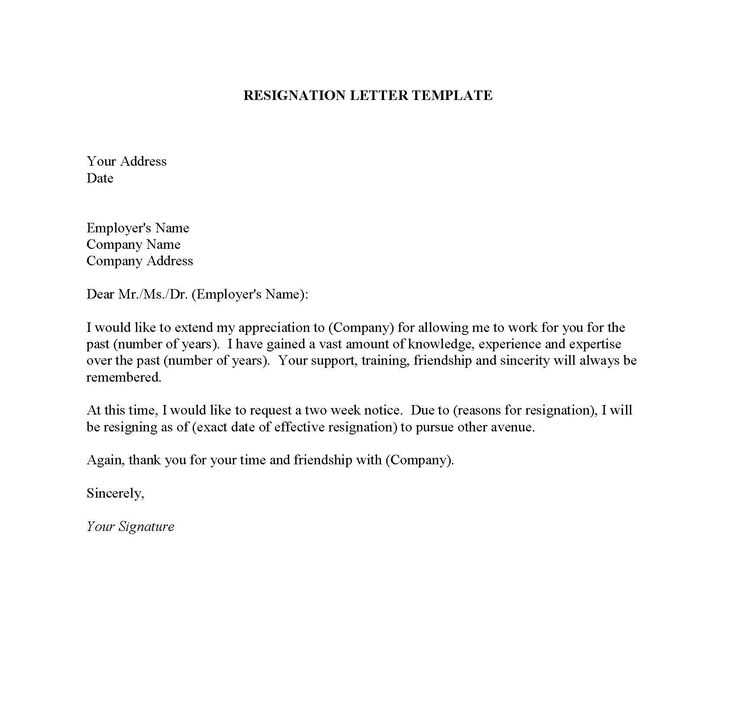
Offer your help clearly and directly. Acknowledge the situation but focus on how you can contribute, even in challenging conditions. A willingness to assist, even when leaving, can leave a positive mark and maintain professionalism.
Clear Communication
State exactly how you can assist. Whether it’s offering to train a replacement or help with knowledge transfer, make sure to specify the areas where your expertise can smooth the transition. Avoid vague promises and focus on tangible actions that will provide value to the team and organization during the changeover.
Maintain a Positive Tone
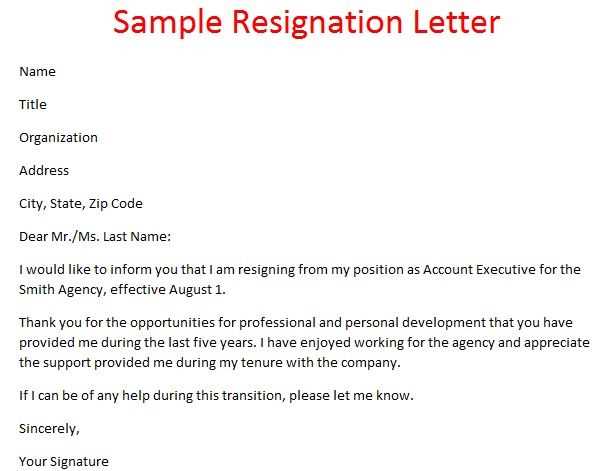
While the circumstances may be difficult, keeping a polite and helpful tone is crucial. Demonstrating willingness to help, even if you are leaving under less-than-ideal conditions, shows maturity and leaves room for future collaborations or opportunities.
Steps to Take After Submitting a Resignation on Bad Terms
Stay calm and professional. Avoid any actions that could escalate the situation further. It’s important to control your emotions and approach the remaining days with a level-headed mindset. Even if you disagree with the circumstances, aim to maintain professionalism.
Communicate directly with your manager or HR. If there’s an unresolved issue, try to clarify it respectfully, offering your perspective without aggression. Present your concerns in a constructive way, focusing on solutions instead of problems.
Handle the transition gracefully. Complete any outstanding work and ensure that your duties are handed over smoothly. Document any critical information that your team or successor may need to know, and be available for questions after your departure, if possible.
Request feedback on your performance. This can be beneficial in understanding the impact of your resignation and identifying areas of improvement for future positions. If your relationship with the company has soured, try to keep the feedback conversation focused on constructive aspects.
Consider your reputation moving forward. Word of mouth can carry weight in your professional network, so ensure that you leave with dignity. Avoid burning bridges, even if the situation was uncomfortable.